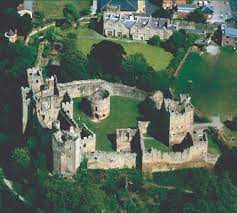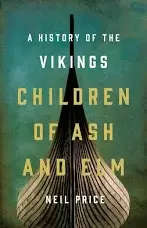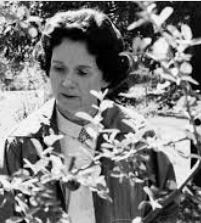 Motte and bailey design
Motte and bailey design The first of these castles were motte and baileys. The motte, an earthen mound with a tower on it that was the home of the local lord, was surrounded by a bailey, an enclosed area that usually had the stables, areas for storage, a chapel, and a well. The walls and buildings were made of wood initially.. After William successfully led the Normans in the 1066 invasion, he had to work quickly to secure his borders, and building with wood was the quickest was to build a fortification.

By the end of the 12th century, these border lords began replacing









